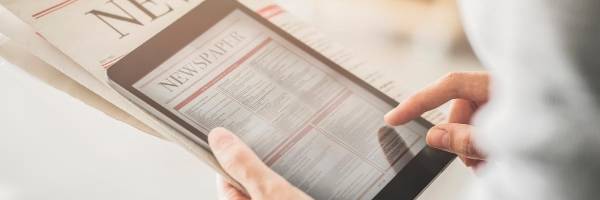
Each bit of land is a community unto itself, with a unique combination of organics, minerals, and organisms. Prairies and grasslands tend to be dominated by bacteria, and so do agricultural soils, although exceptionally productive agricultural land also houses a high proportion of fungi. The mix of protozoa varies by ecosystem: a teaspoon of agricultural soil possesses thousands of amoebas and flagellates and hundreds of cilates.
In a teaspoon of forest soil, you’d find hundreds of thousands of amoebae and fewer flagellates. Land management also governs these mixtures. Land that is not tilled contains more fungi in proportion to bacteria than heavily tilled agricultural land.
Most soil organisms live in the top few inches of soil.
Bacteria tend to cluster around plant roots and gather abundant food there. Protozoa do too, because they eat bacteria. In the soil, photosynthesizing bacteria and algae capture energy; bacteria and fungi break down soil components and boost plant growth; and protozoa consume bacteria and contribute their components.
Fungi are happy in organic matter which gives them a lot of complex material for decomposition. They like humus too, because only fungi possess the right kind of enzymes for decomposing the already-decomposed humus even more.
Farmers typically must grow two crops, the first being a crop of microorganisms that pre-digest and feed nutrients from organic matter and fertilizers to the second crop, which the farmer harvests. Common agricultural practices tend to “disrupt” populations of microbiology that are crucial to crop production.
BioLynceus® has a number of products that do this exact thing: they replenish the microbiology (over 160 of them!) while also adding humic and fulvic acids. The unique formulation the we call Lot 125® aids in the Cation Exchange Capacity (CEC), increases micronutrient availability, and enlivens the overall health of your soil.
Written by Scott Anderson, Agronomy






